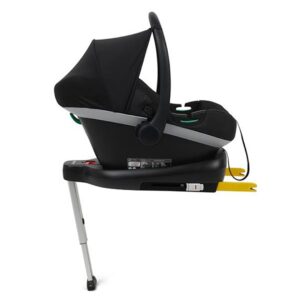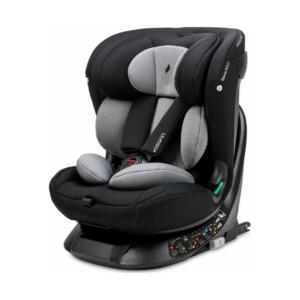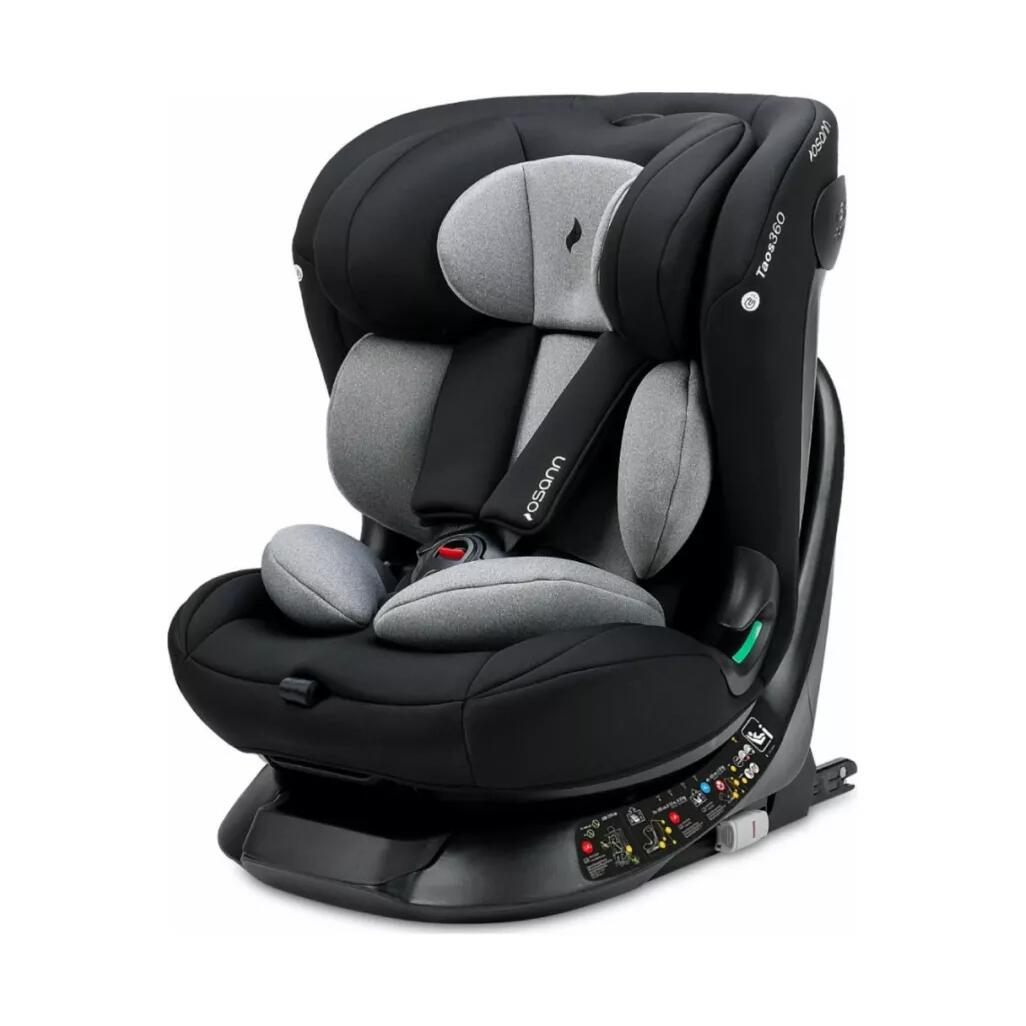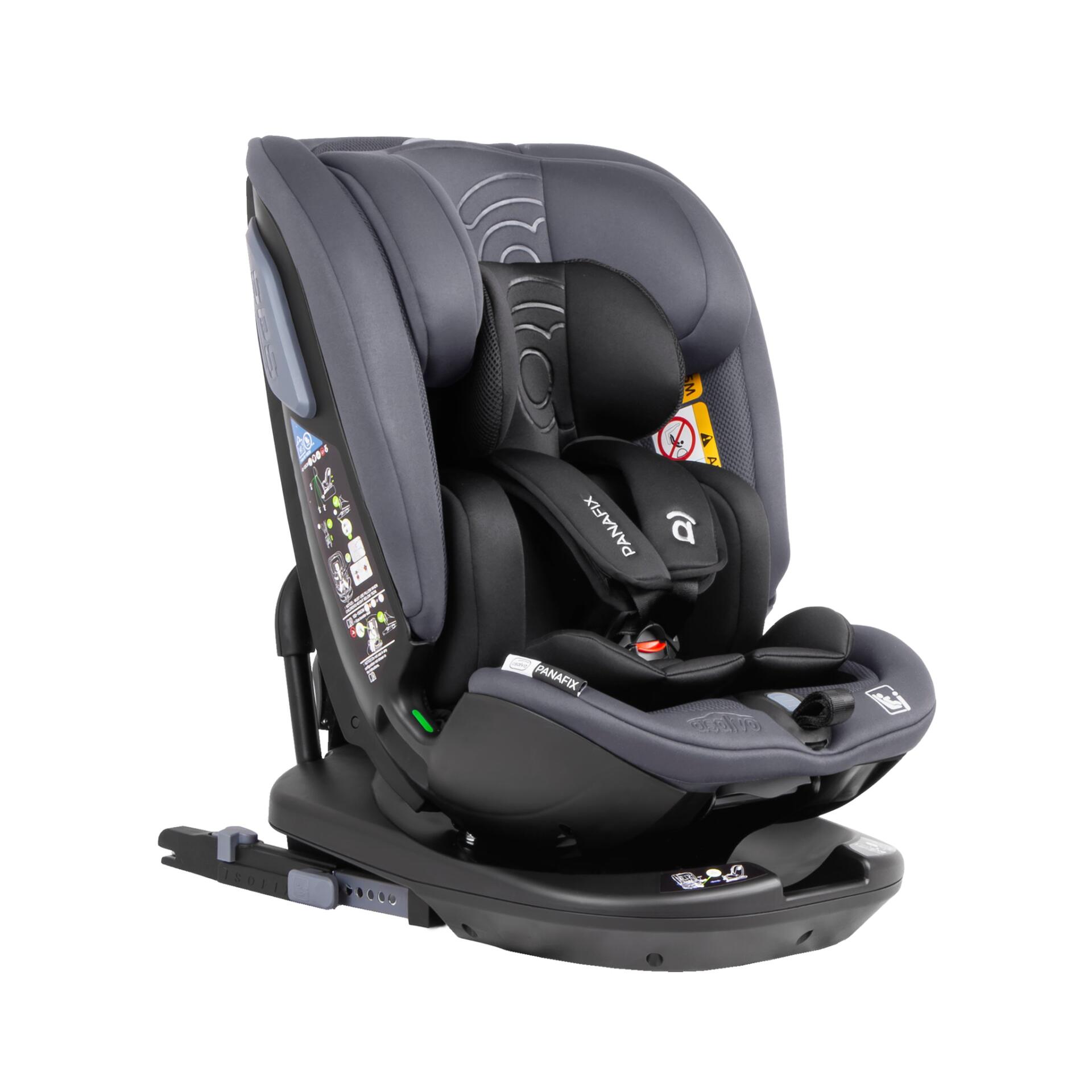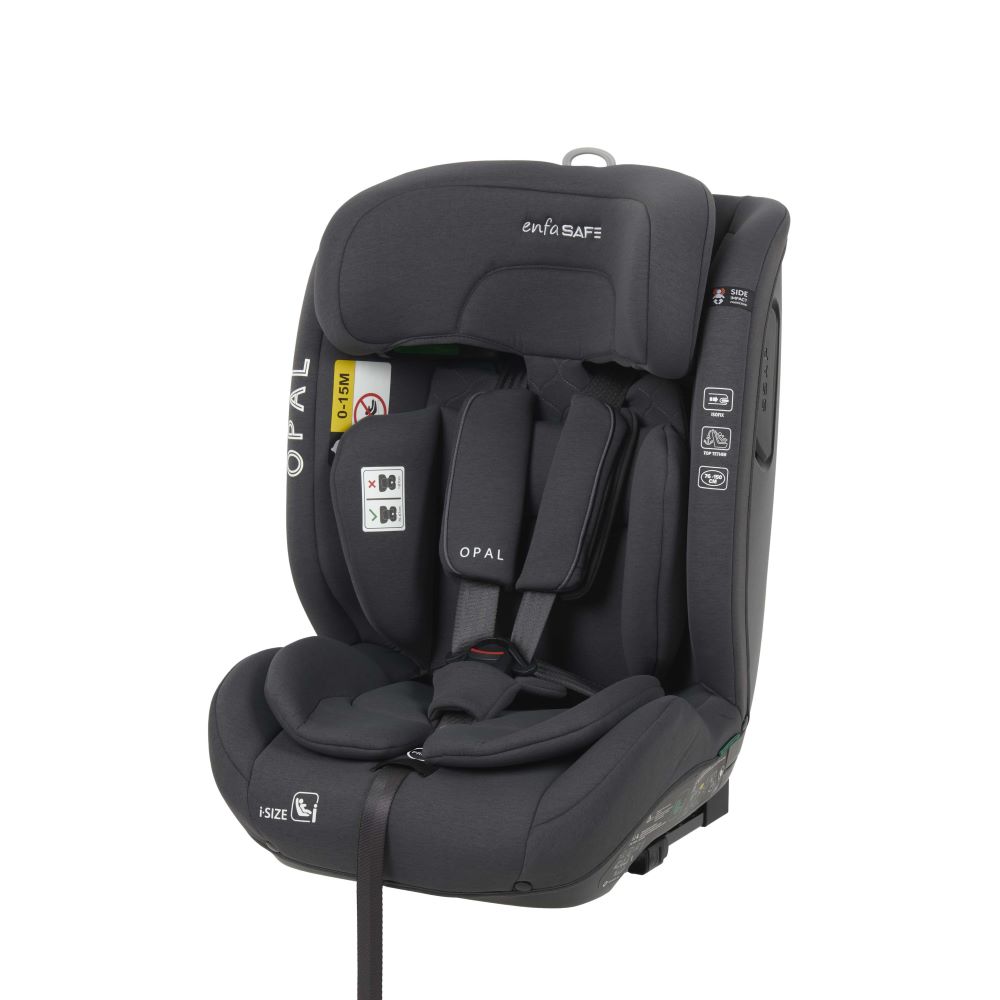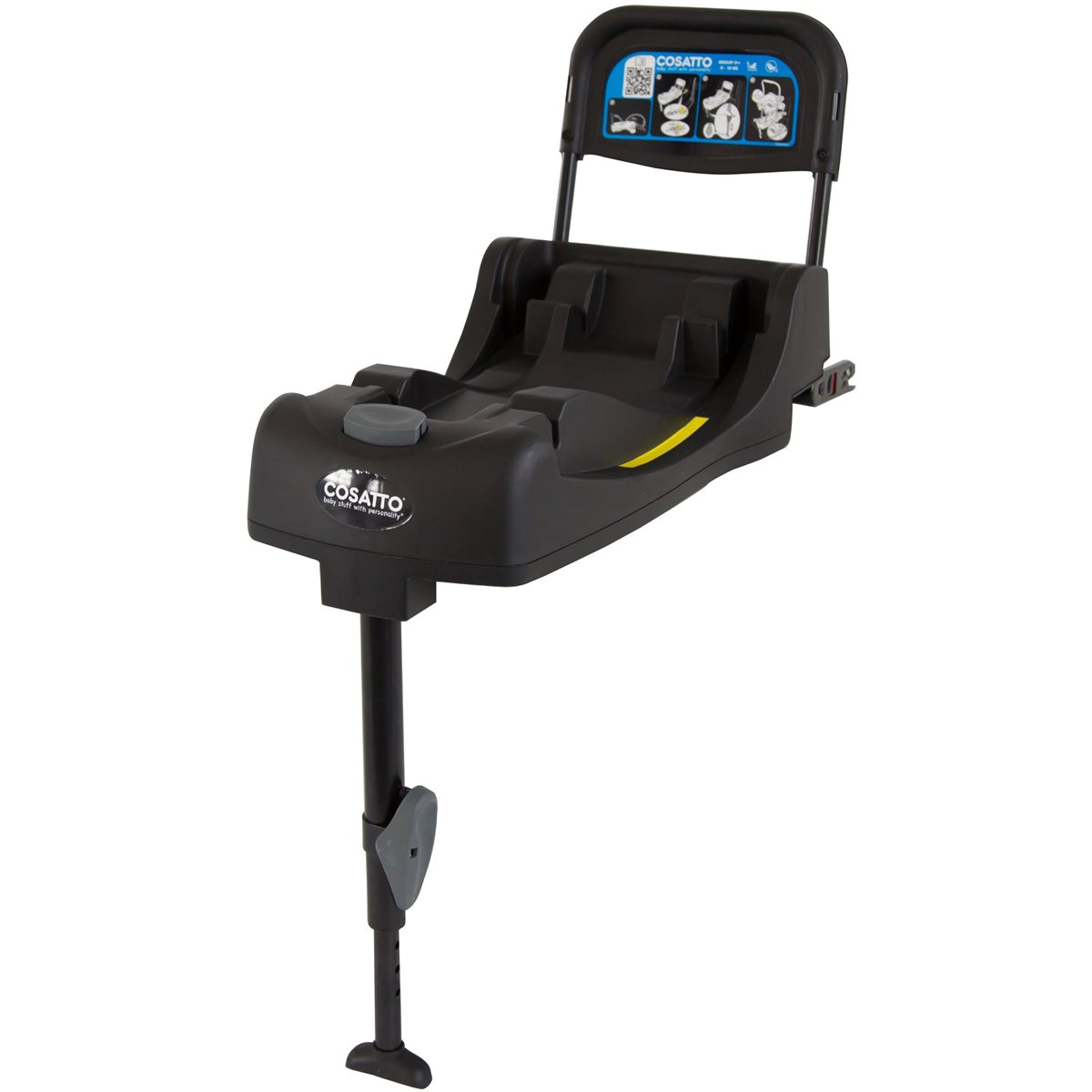Frequently asked questions
So what kind of car seat do I need first for a newborn?
An Infant Car Seat. These are designed specifically for newborns and small babies, always used in the rear-facing position. They typically have a handle and can click in and out of a base that stays in the car, making it easy to transport your sleeping baby without waking them. They have specific weight and height limits, so check your model’s guidelines.
When do I move my baby out of their infant seat?
When they outgrow the seat’s limits, not just by age! This is key. Your baby has outgrown their infant seat when:
- They reach the maximum weight limit (e.g., 22 lbs, 30 lbs, etc.).
- Their head is less than one inch from the top of the car seat shell.
- They reach the maximum height limit. Always check your specific car seat manual for its exact limits.
What's the next step after an infant seat?
A Convertible Car Seat. These seats “convert” from rear-facing to forward-facing as your child grows. They typically have higher weight and height limits for rear-facing, allowing you to keep your child rear-facing for much longer – which is the safest option. Many parents actually start with a convertible seat from birth if they don’t want the portability of an infant seat.
How do I actually install this thing correctly? It looks so complicated!
Read your car seat and vehicle manuals! This is non-negotiable. Every car seat and vehicle has specific instructions. Generally, you’ll use either:
- LATCH system: (Lower Anchors and Tethers for Children) – Built-in anchors in your vehicle that connect directly to the car seat.
- Vehicle Seatbelt: Threaded through designated paths on the car seat.
The “Wiggle Test” is crucial: Once installed, grab the car seat at the belt path and try to move it. It should not move more than one inch side-to-side or front-to-back.
How should my baby be buckled into the seat?
Snug as a bug!
- Harness Straps: In a rear-facing seat, the shoulder straps should be at or below your child’s shoulders. In a forward-facing seat, they should be at or above their shoulders.
- Tightness: Perform the “Pinch Test.” After buckling, try to pinch the harness strap vertically at your child’s collarbone. If you can pinch any excess webbing, it’s too loose. It should be snug, with no slack.
- Chest Clip: This should always be placed at armpit level. It’s not for safety in a crash, but to keep the shoulder straps properly positioned.
Can I put my baby in their car seat with a big, puffy winter coat?
No, generally not with bulky items! Puffy coats, snowsuits, or thick blankets under the harness create slack. In a crash, this slack can quickly compress, making the harness too loose to protect your child. Instead, dress your baby in thin layers, buckle them snugly, and then place a blanket or their coat over the buckled harness.
Do car seats expire? Seriously?
Yes, seriously! Car seats have an expiration date, usually 6-10 years from the date of manufacture. You can usually find this date stamped on the plastic shell or on a label. Expiration dates exist because materials can degrade over time due to temperature fluctuations, sun exposure, and normal wear and tear. Also, safety standards and technology evolve rapidly.




